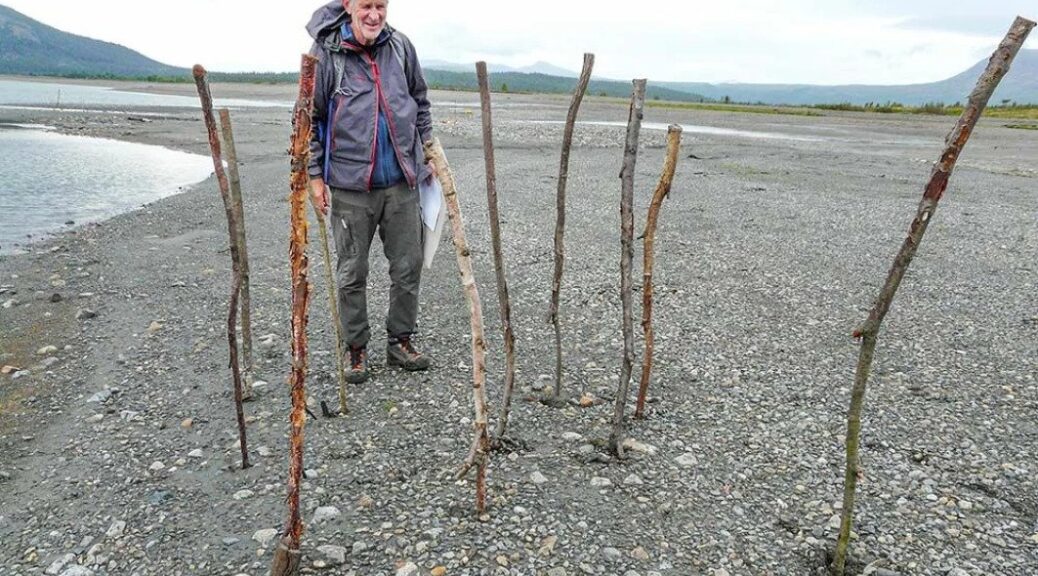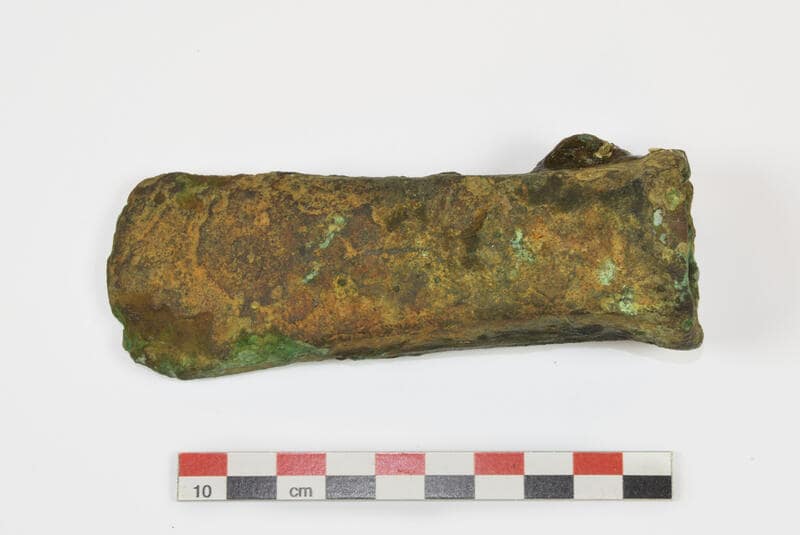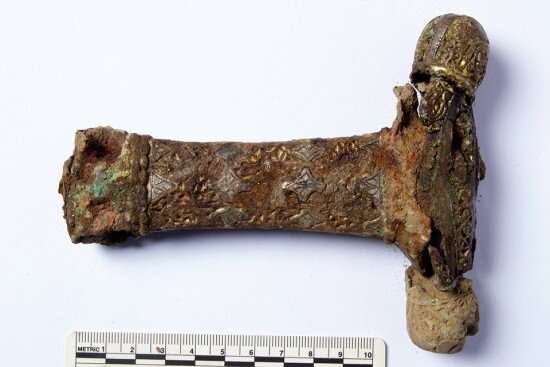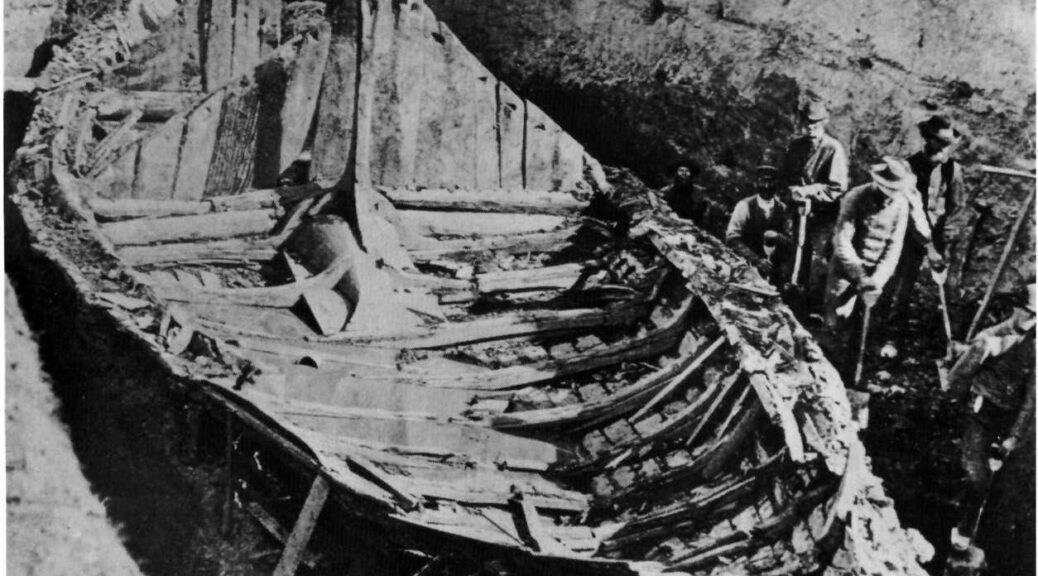Rare 1,000-Year-Old Viking Wooden Bowl Found By Young Boy
To most children finding something unusual and unexpected is a joy, but discovering a precious, rare ancient artefact must be a memory for a lifetime! One can only guess what goes through the mind of the youngster who has unearthed a rare 1,000-year-old bowl from the Viking Age.
The artefact was discovered by ten-year-old Erik Briskerud, who was with his father in Glomma, Norway. The father and his son were on a boat when they spotted a sandbank in the middle of the river.
Erik was surprised to see something resembling a root in the sand and decided to find out what it was. When he reached the spot, he saw a wooden object stuck in the sand. He cleared the sand with his father to find out what kind of object this was.

“When we had removed all the sand, it looked like a bowl,” he says. It would have been easy to throw away the wooden bowl, but Erik noticed someone had taken the time to create nice edges on the bowl with some carving tools.
The wooden bowl was sent to local scientists who sent a tiny sample of the object to Florida, USA, for dating. The answer came within the next few days, and everyone was excited about the results. Rooted in the sand was an 800-1,000-year-old wooden bowl dating from later Viking times.
It would be not just any bowl but one of the most special bowls found in Norway!
” I think it’s very cool. I didn’t think it was entirely from the Viking Age. Quite amazing that it is so old, Briskerud told the NRK in an interview.
“It is almost difficult to explain how special this find is, says an archaeologist at Innlandet county municipality Mildri Een Eide.
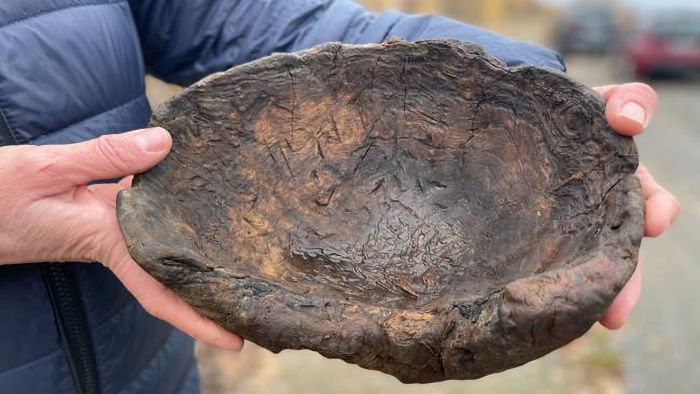
Some wooden bowls have previously been found in Norway from the Viking Age, but they are often only in small pieces or fragments.
“So this one is very special. Considering the age, she says that we do not know of any other finds of this kind in Norway. We think it is most likely made from a ball of wood or a wooden knot found on many trees and hollowed out.
We had to pinch ourselves a couple of times. We guessed the 18th century, but it turned out to be much older.”
As reported by the NRK, the “bowl is also special because it is roughly carved, which may indicate that it does not originate from the richest or most powerful.
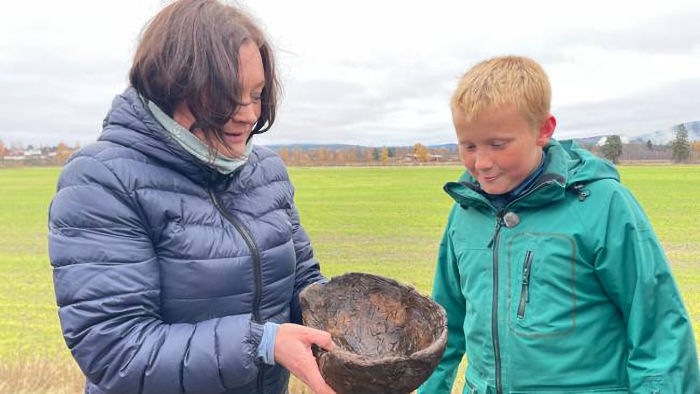
“It is rare to find objects that belonged to ordinary Viking Age people. This is not an ornamental object”, says Een Eide.
The bowl will now be sent to the Cultural History Museum in Oslo, which will look after it for posterity. The reason why the bowl is so well preserved is most likely due to the sand.
“There is quite a little oxygen in the sand in Glomma, so it has been lying safely and well in the sand. A bit like a marsh corpse. But how it ended up there is not known. Glomma may have looked different, or it may have come with the flow.
She thinks the probability of finding more in the sandbank is small. In addition, it is challenging to dig in water. So it probably won’t happen at first,” Een Eide explained.
She praises ten-year-old Erik for realizing that this was something special.
“So we owe him a big thank you,” Een Eide says.
